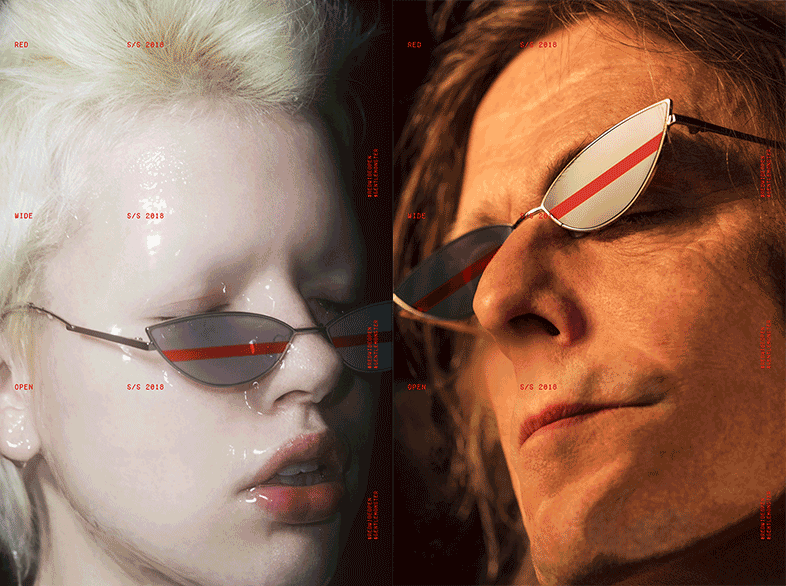Gentle Monster: New World in Shopping

At a time when online retailers are driving bricks-and-mortar stores out of business, Korean eyewear brand Gentle Monster is transforming the concept of what a retail space should be. Gentle Monster’s retail interior closely resembles an abstract art exhibition that happens to sell stylish, futuristic eyewear. Founded in Seoul in 2011 by Hankook Kim, Gentle Monster has attracted a cultlike following, including renowned celebrities and fashion designers, and has spurred the opening of more than 41 Gentle Monster stores in South Korea, China, Hong Kong, Thailand, and the U.S.

Gentle Monster’s décor is surreal and experiential. Wild art displays provide the aesthetic theme for each space. The Singapore store is an interpretation of Nietzche’s “Thus Spoke Zarathustra.” In Chengdu, China, the retail space imagines the creation of a post-apocalytic world. The Los Angeles store leads shoppers through the stages of “Harvest,” and the Daegu, South Korea, space is disguised as a laundromat.




